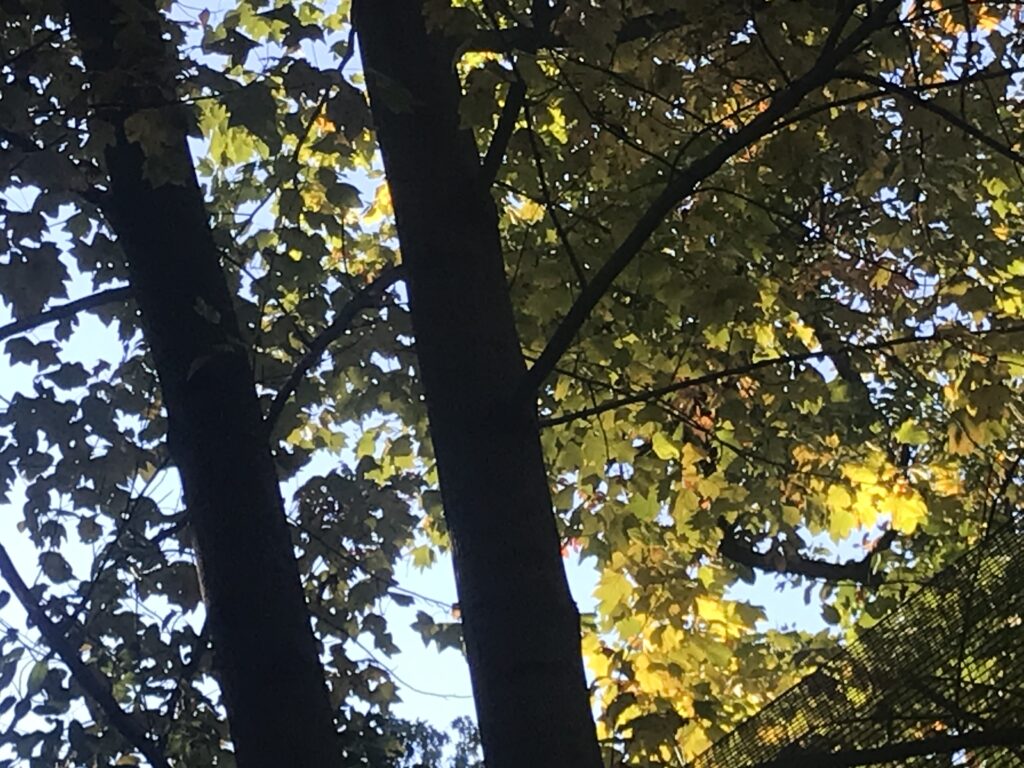The Lost Trees

I’m reading The Lost Trees of Willow Avenue: A Story of Climate and Hope on One American Street, a book I noted with interest when it was published earlier this year and whose author I’ve booked for a writers conference I help to plan. The subject is climate change, told not just from a global point of view but from a local one, too.
In the last few years, Mike Tidwell reports, the giant oaks in his Takoma Park neighborhood have been buffeted by heat, drought and, in 2018, an atmospheric river of moisture. Stressed by years of extreme weather, the trees developed Phytophthora root rot and were infested by the ambrosia beetle. First, they dropped large branches, then whole trees perished.
Takoma Park is a leafy suburb north of D.C. Trees are so important there that many of its streets are named for them. (Note Willow Avenue.) Generations have flourished under the canopies of its magnificent oaks. But in a two-year period, this small city lost 1,000 trees.
Looking at a plot of these downed giants reveals that they weren’t lost in wind storms or other catastrophic events. “Trees were dying evenly on almost every block, a perfect distribution,” Tidwell writes, a pattern that led Daryl Braithwaite, the city’s director of public works, to say it’s systemic. “That doesn’t look like weather, it looks like climate,” Braithwaite told Tidwell.
Reading about these trees last night, I had my own aha moment. The oaks in my neighborhood have been dying, too, including the oaks in my own yard. We’ve lost several giants, including a spectacular red oak that was the yard’s “signature tree.” I mourn it still.
Climate change is not just about melting glaciers and rising seas. It’s about all the trees we love and lose, including the trees of Willow Avenue.